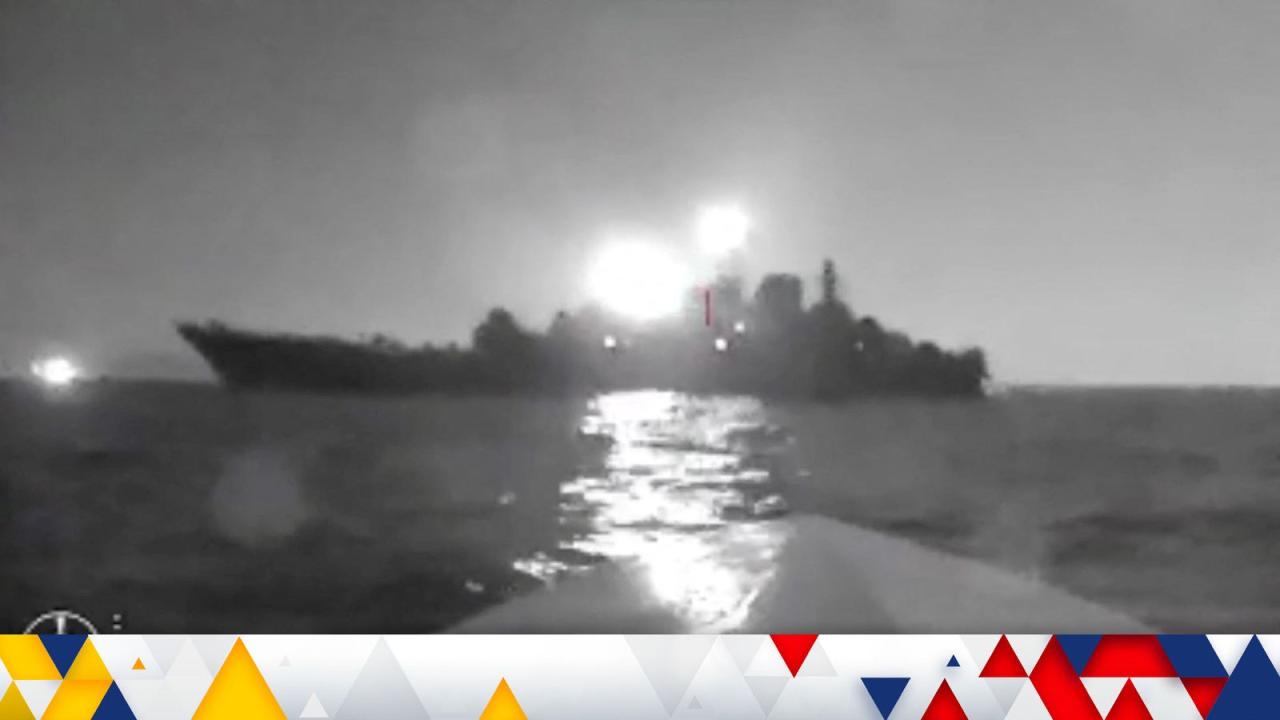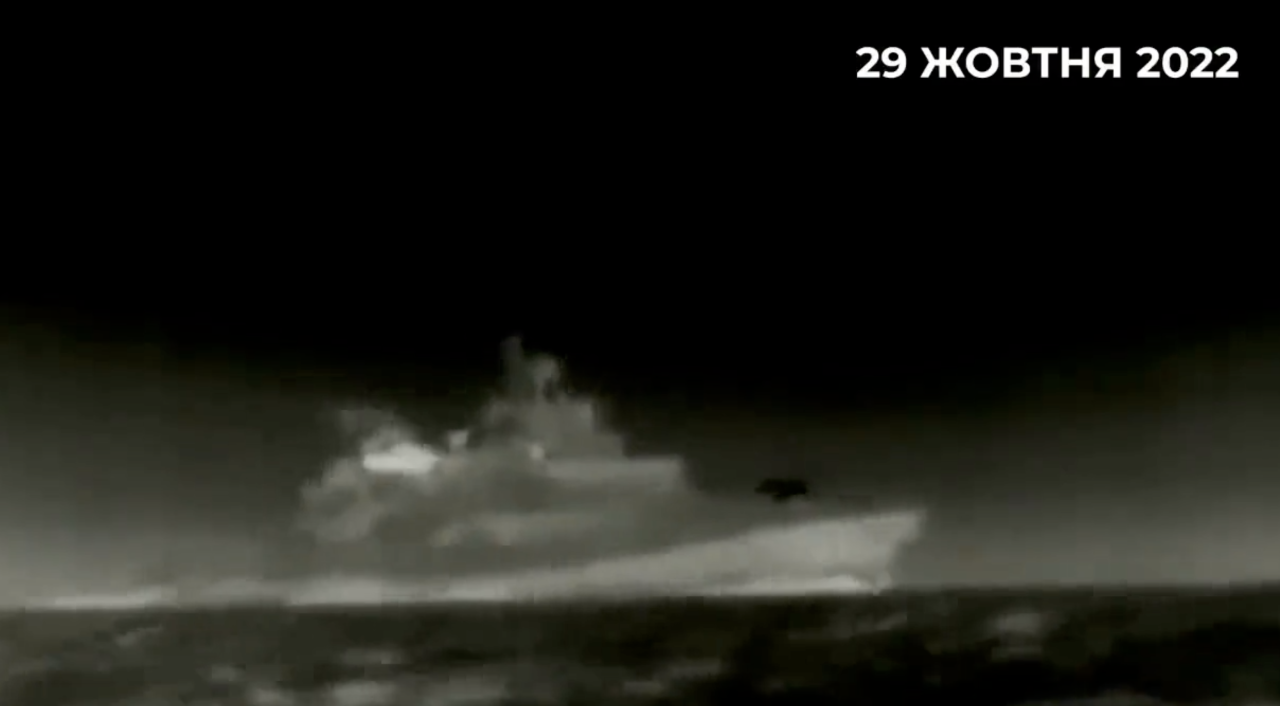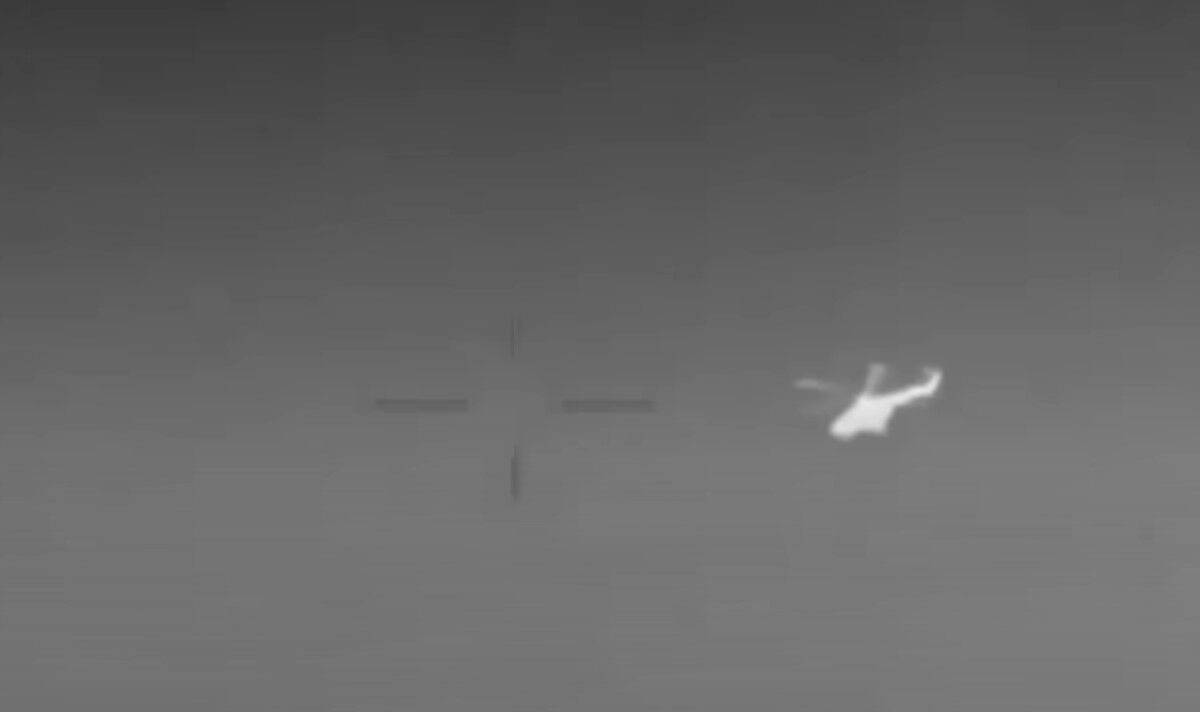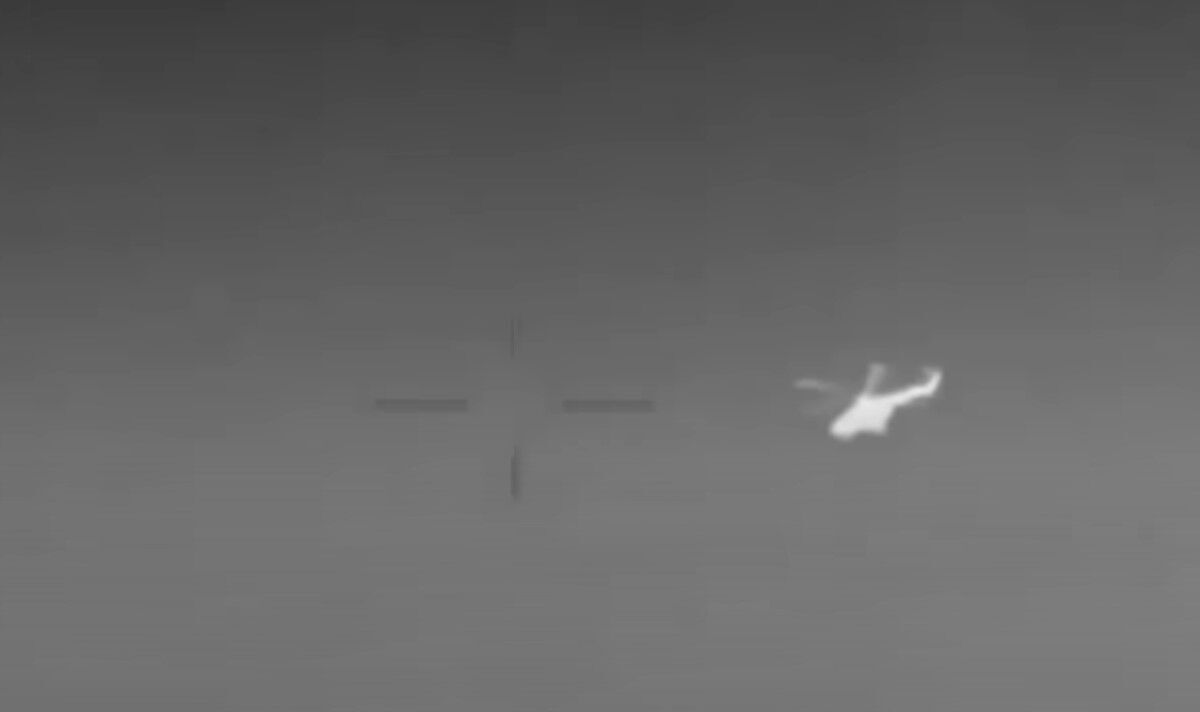Ukrainian sea drones are rapidly changing naval warfare. These unmanned vessels, ranging from small, expendable craft to more sophisticated autonomous systems, are proving surprisingly effective against larger, more expensive warships. This exploration delves into their design, deployment, impact, and future potential, examining both their tactical advantages and the countermeasures being developed to combat them. We’ll look at various models, their capabilities, and the technological innovations driving their development.
From their role in disrupting Russian naval operations to the broader implications for global maritime security, Ukrainian sea drones represent a significant shift in naval strategy. Their relatively low cost and adaptability make them a potent force multiplier, prompting a reassessment of traditional naval doctrines and defense strategies. This analysis will cover the key technological components, manufacturing processes, and the ongoing efforts to improve their effectiveness.
Ukrainian Sea Drones: A Deep Dive

Ukraine’s innovative use of unmanned surface vessels (USVs), commonly referred to as sea drones, has significantly impacted naval warfare. These relatively inexpensive and easily deployable systems have proven surprisingly effective against larger, more expensive naval assets. This article delves into the various aspects of Ukrainian sea drone technology, from their design and operational capabilities to their impact on global naval strategies and future implications.
Types of Ukrainian Sea Drones
Ukraine employs a variety of sea drone designs, each tailored to specific missions. While precise details remain classified, reports suggest a range of sizes and capabilities. These drones likely leverage commercially available components adapted for military purposes, allowing for rapid development and deployment. The specific models and their exact specifications are often kept secret for security reasons.
| Drone Model | Size/Weight | Payload Capacity | Range |
|---|---|---|---|
| Example Model A | Small, Lightweight (estimated) | Small Explosive Charge or Reconnaissance Equipment | Limited Range (estimated) |
| Example Model B | Medium Size (estimated) | Larger Explosive Charge or More Advanced Sensors | Extended Range (estimated) |
| Example Model C | Large, potentially modular (estimated) | Significant Payload Capacity (potentially adaptable) | Very Long Range (estimated) |
Technological advancements include improved navigation systems, enhanced communication capabilities, and more sophisticated payload integration. The modular design of some models likely allows for adaptability to different missions, showcasing a focus on cost-effectiveness and rapid adaptation.
Operational Capabilities and Tactics
Deployment methods likely involve launching from various platforms, including smaller vessels or even directly from the shore. Control is likely achieved via satellite or radio links, enabling remote operation and targeting.
Successful operations have included attacks on Russian Black Sea Fleet vessels, demonstrating their effectiveness in asymmetric warfare. The strategic advantages include low cost, high impact, and the element of surprise. Disadvantages include vulnerability to countermeasures and limited endurance.
Tactics involve swarm attacks, using multiple drones to overwhelm defenses, and employing them for both offensive strikes and reconnaissance missions. The element of surprise and the ability to target specific vulnerabilities have proven highly effective.
Technological Components and Manufacturing

Key components include navigation systems (GPS, inertial navigation), communication systems (satellite, radio), propulsion systems (electric motors, possibly jet propulsion), and payload systems (explosives, sensors). Materials used are likely a combination of readily available and durable materials, prioritizing cost-effectiveness and ease of production.
Manufacturing likely involves a combination of domestic production and adaptation of commercially available components. The process is likely streamlined for rapid production and deployment.
Ukraine’s innovative sea drones are changing naval warfare, showcasing impressive capabilities. Think about how this technology might evolve – imagine the sheer scale of a coordinated drone display, like the one you’ll find at the shanghai drone show 2037 , but adapted for maritime operations. The miniaturization and swarm tactics used in these shows could easily inspire future designs for Ukrainian sea drones, making them even more effective.
- Improved autonomy and AI-assisted navigation
- Enhanced payload integration and customization
- Advanced stealth technologies for improved survivability
- More robust communication systems for reliable control
Impact and Future Development, Ukrainian sea drone
Ukrainian sea drones have significantly altered naval warfare strategies, demonstrating the potential for low-cost, high-impact asymmetric warfare. Future developments could include increased autonomy, improved stealth capabilities, and integration of more advanced sensors and weaponry.
The use of these drones could lead to a shift towards more distributed and decentralized naval forces, focusing on smaller, faster, and more adaptable units. A hypothetical scenario could involve a swarm of advanced sea drones overwhelming a larger naval force, demonstrating the potential disruptive impact of this technology.
Countermeasures and Defense Strategies
Potential countermeasures include electronic warfare to disrupt communication and navigation, physical barriers such as nets or booms, and the use of anti-drone weapons systems. However, countering swarms of drones presents a significant challenge.
| Countermeasure Type | Effectiveness | Limitations | Cost |
|---|---|---|---|
| Electronic Warfare | Potentially High, but depends on drone sophistication | Susceptible to jamming and spoofing | Moderate to High |
| Physical Barriers | Limited Effectiveness against determined attacks | Can restrict access and impede navigation | Moderate |
| Anti-Drone Weapons | Highly Effective, but expensive | Requires accurate targeting and may cause collateral damage | High |
International Implications
The success of Ukrainian sea drones has significant international implications, highlighting the potential for smaller nations to challenge larger naval powers. The widespread adoption of this technology could reshape global naval power dynamics, leading to a more distributed and less centralized naval landscape.
A hypothetical scenario could involve a regional conflict where a smaller nation, equipped with advanced sea drones, successfully disrupts the operations of a larger naval power, underscoring the potential for this technology to disrupt the existing balance of power.
Last Point

The emergence of Ukrainian sea drones marks a pivotal moment in naval warfare. Their impact extends far beyond the current conflict, influencing future naval designs, doctrines, and international power dynamics. While countermeasures are being developed, the adaptability and relative affordability of these drones ensure their continued relevance. The future likely holds further innovation and refinement, leading to even more sophisticated and effective unmanned naval systems.
Understanding their capabilities and limitations is crucial for navigating the evolving landscape of maritime security.
Query Resolution
What materials are typically used in constructing Ukrainian sea drones?
Ukraine’s naval capabilities have been significantly boosted by the development of their sea drones. These unmanned vessels are proving to be surprisingly effective in coastal defense and disrupting enemy operations. For more detailed information on the various types and applications of these innovative weapons systems, check out this resource on ukrainian sea drone technology. Understanding Ukrainian sea drone technology is crucial to comprehending the evolving dynamics of the conflict.
Common materials include fiberglass, composites, and various metals, depending on the drone’s size, intended payload, and operational requirements.
How are Ukrainian sea drones powered?
Ukrainian sea drones are making waves, showcasing impressive autonomous capabilities in naval warfare. Thinking about coordinated swarms, it’s interesting to compare them to the breathtaking spectacle of a coordinated drone show, like the one you can see at this Chinese dragon drone show. The precision and scale of these aerial displays highlight the potential of drone technology, a potential that Ukrainian sea drones are actively exploring in a very different, but equally impactful, context.
Power sources vary depending on the model, but common options include batteries, internal combustion engines, and even hybrid systems.
What is the typical lifespan of a Ukrainian sea drone?
Lifespan depends heavily on the drone’s design and intended use; some are designed as expendable weapons, while others may be intended for multiple missions.
Are Ukrainian sea drones easily repairable?
Repairability varies greatly depending on the design and the extent of damage sustained. Some simpler designs might be more easily repaired than more complex ones.
